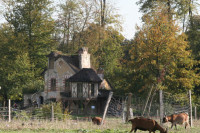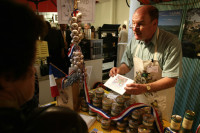Columns
Sparkling Wines: The different ways to make bubbles (Part I)
Chances are, we all have tasted some sort of sparkling wine, at the very least around Christmas and New Year, or when celebrating birthdays or special occasions.
Many ways to make bubbles
What many of us might not know is that there are many different styles of sparkling wines out there and they are not all called Champagne. Actually only sparkling wines made from grapes that were grown in the Champagne region of France are allowed to be called Champagne. But what about Prosecco and Cava? How different are these compared to Champagne? And what about the various Crémants you find all over France? They too have bubbles and are considerably cheaper than the basic entry level bottle of Moët. Why should someone go for those?
The one basic thing that we have to remember is that sparkling wines are not made in the same way as still wines are made. In order for them to get their bubbles they have to be made in a certain way. To make things even more complicated, there are more than one ways.
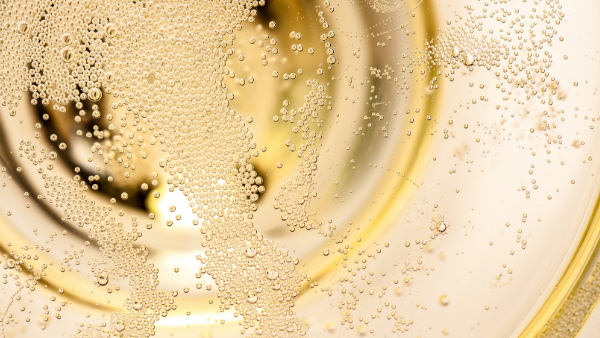
credit photo Canva
“Methode Traditionelle” or “Methode Champenoise” or “Traditional Method”
Most sparkling wines are made by a process involving two fermentations. The first fermentation produces a still wine which is high in acidity and low in alcohol. This is called ‘base wine’. A mixture of sugar and yeast is added in and the wine is bottled. The yeast eats the sugar and produces alcohol and carbon dioxide which dissolves into the wine. So with the traditional method, the wine’s second fermentation, the one that produces all the bubbles, happens in the very same bottle that you buy! The millions of bubbles trapped in a very small space send the pressure inside the bottle very high – 5 to 6 atmospheres, equivalent to over 5kg of weight on every square centimetre of glass. That’s why sparkling wine bottles and corks are heavier and bigger than those used for still wines.
A tale tale characteristic of sparkling wines made by the traditional method is their pronounced bready, yeasty flavour. These are called autolytic flavours which is a fancy wine-word for saying that these flavours come from prolonged contact of the wine with the dead yeast cells that remain in the bottle after fermentation.
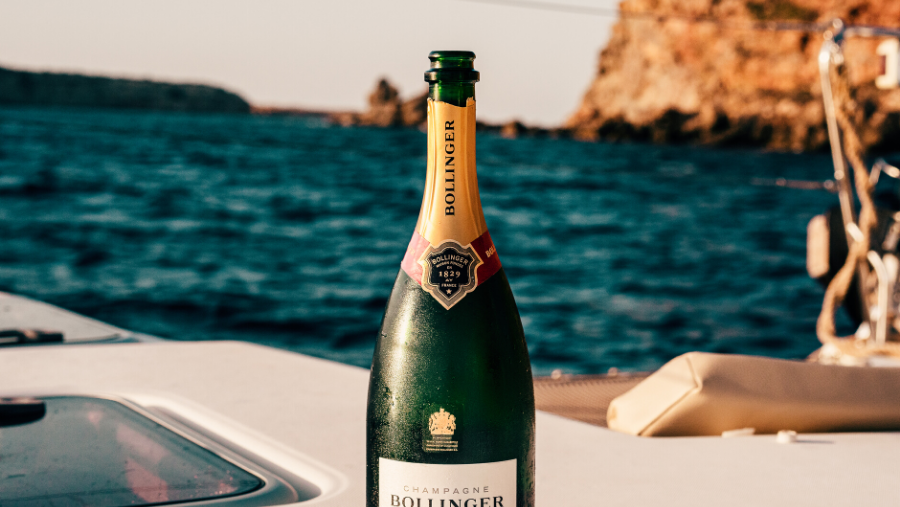
credit photo Canva
Examples of sparkling wines made with the traditional method include:
Champagne
The most prestigious and influential of all sparkling wines. Champagne wines must be made in a small protected region of Northern France. The vast majority of Champagnes are made from Chardonnay, Pinot Noir and Pinot Meunier that grow on unique chalky soils. This is a cool climate wine region where harvest and quality of grapes each year is not guaranteed. That’s why winemakers are allowed to blend wines from different years and Non-Vintage (NV) Champagnes are very common. On exceptionally good years, a vintage is declared and those wines will showcase the year on their labels.
Sparkling wine making in Champagne is governed by strict rules. From how grapes should be picked to how many months Vintage and Non Vintage Champagnes should be aged before release. Champagne’s high price tags, compared to other sparkling wines, is a result of the large costs associated with the making and ageing of the wines combined with the sky-high price of land, and years of very skilful PR and marketing nurturing Champagnes luxury image.
Cava and Corpinnat
Cava, the sparkling wine of Spain, is also made using the “Traditional Method”. Production is centred in Catalunya and most wines are made from local varieties Macabeo, Parellada and Xarel-lo. The quality and price vary widely which has led to a reputation for producing inexpensive basic wines. In 2019 nine producers from Penedès broke away and formed their own protected label, Corpinnat. Wines labelled Corpinnat must be from the region of Penedès, made from hand-harvested, organically farmed grapes, and undergo strict ageing requirements in line with those of Champagne.
Part II will be published tomorrow.
About the author:
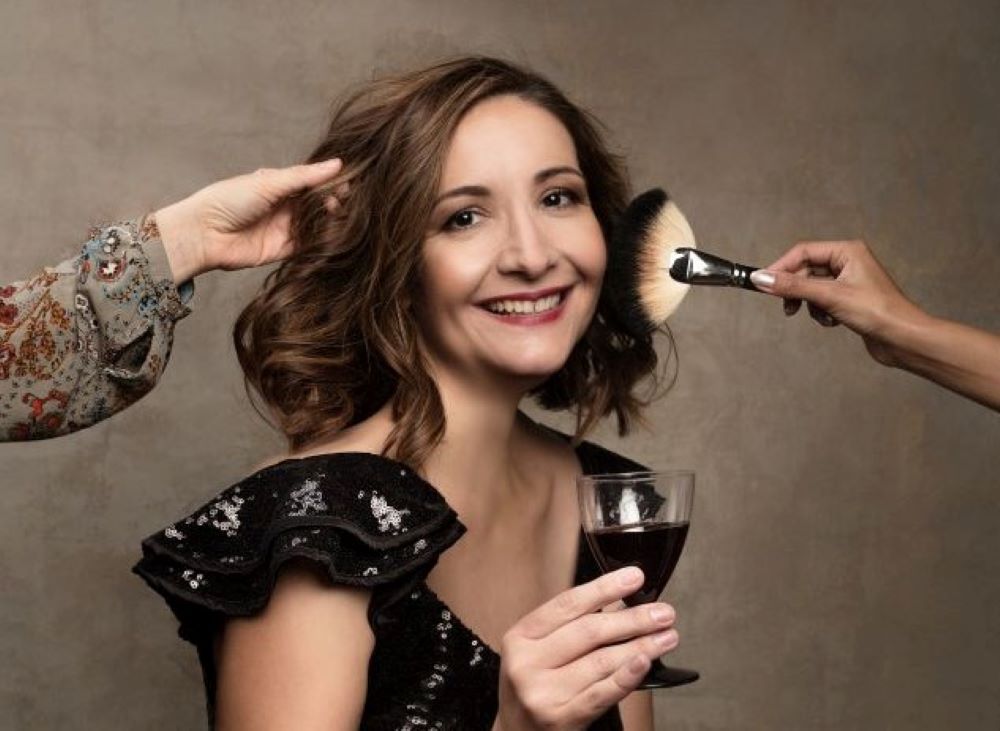 Maria was born in Greece but spent most of her life living abroad. She studied Political Science and Media and Communication at the London School of Economics and worked alongside the Greek Minister of Finance for 3 years. However, it was wine that captured her heart and became her passion. She is passionate about making wine accessible to everyone and loves teaching about it through fun yet informative seminars. She holds the WSET Level 3 certification and will be starting the WSET Diploma soon. In April 2019, she founded the Geneva Wine Society. She organises wine tastings and wine events in Geneva as well as online. Maria has lived and worked in various countries over the past 20 years and is a proud mom of a very active 3 year old boy.
Maria was born in Greece but spent most of her life living abroad. She studied Political Science and Media and Communication at the London School of Economics and worked alongside the Greek Minister of Finance for 3 years. However, it was wine that captured her heart and became her passion. She is passionate about making wine accessible to everyone and loves teaching about it through fun yet informative seminars. She holds the WSET Level 3 certification and will be starting the WSET Diploma soon. In April 2019, she founded the Geneva Wine Society. She organises wine tastings and wine events in Geneva as well as online. Maria has lived and worked in various countries over the past 20 years and is a proud mom of a very active 3 year old boy.
Facebook: www.facebook.com/genevawinesoc
Instagram: www.instagram.com/vinum_lore_ & www.instagram.com/genevawineso




